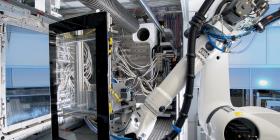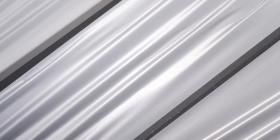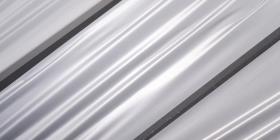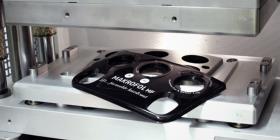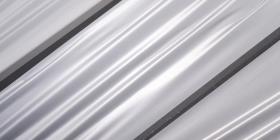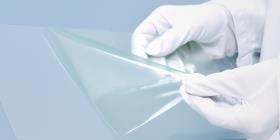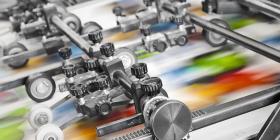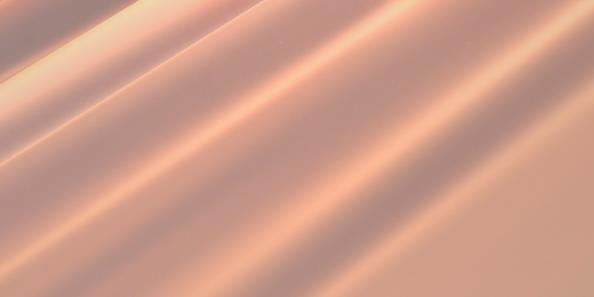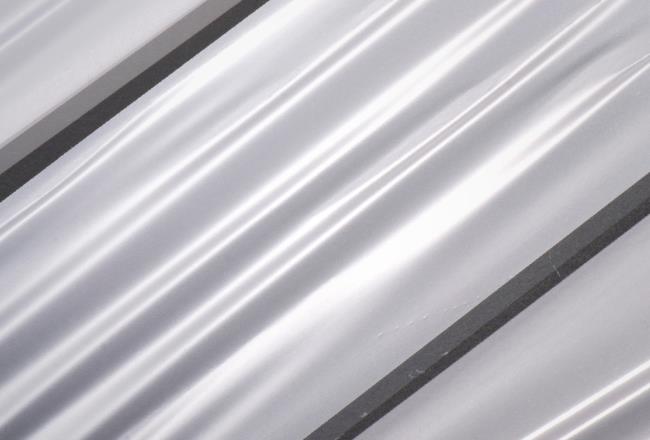
Processing technology
Autoclave processing: Bonding rigid layers into strong composites
Autoclave processing combines similar or dissimilar rigid materials to create strong composites such as impact- and blast-resistant glass. This is achieved by melting flexible adhesive interlayers of our Dureflex® or Platilon® aliphatic polyurethane films between the rigid layers under pressure.
Our aliphatic polyurethane films serve as the flexible, durable adhesive required to absorb the stresses created as multi-layer composites cool during the autoclave production cycle. Use of our polyurethane films reduces the potential for shattering with glass or warping in other components during the cycle. In addition, our material enhances the mechanical and physical shock-absorbing properties of the final product.
The manufacture of impact-resistant transparencies serves as a good example of the autoclave process. First, the rigid and adhesive layers of optical aliphatic polyurethane, known as the lay-up, are stacked. The air between the layers is removed via vacuum or pressure nipping, and the lay-up is placed in an autoclave. It is then subjected to carefully managed temperature and pressure profiles, including specific ramp-up, hold, and ramp-down periods, which are collectively referred to as the autoclave cycle. This process creates a composite transparency that, after cooling, has impact-resistant properties much greater than those of any individual layer.
Applications where our Dureflex® and Platilon® films may undergo autoclave processing include impact-, ballistic-, blast-, and/or hurricane-resistant transparencies for military, government, police, and correctional facilities; financial institutions; armored vehicles; and aerospace.
The manufacture of impact-resistant transparencies serves as a good example of the autoclave process. First, the rigid and adhesive layers of optical aliphatic polyurethane, known as the lay-up, are stacked. The air between the layers is removed via vacuum or pressure nipping, and the lay-up is placed in an autoclave. It is then subjected to carefully managed temperature and pressure profiles, including specific ramp-up, hold, and ramp-down periods, which are collectively referred to as the autoclave cycle. This process creates a composite transparency that, after cooling, has impact-resistant properties much greater than those of any individual layer.
Applications where our Dureflex® and Platilon® films may undergo autoclave processing include impact-, ballistic-, blast-, and/or hurricane-resistant transparencies for military, government, police, and correctional facilities; financial institutions; armored vehicles; and aerospace.











